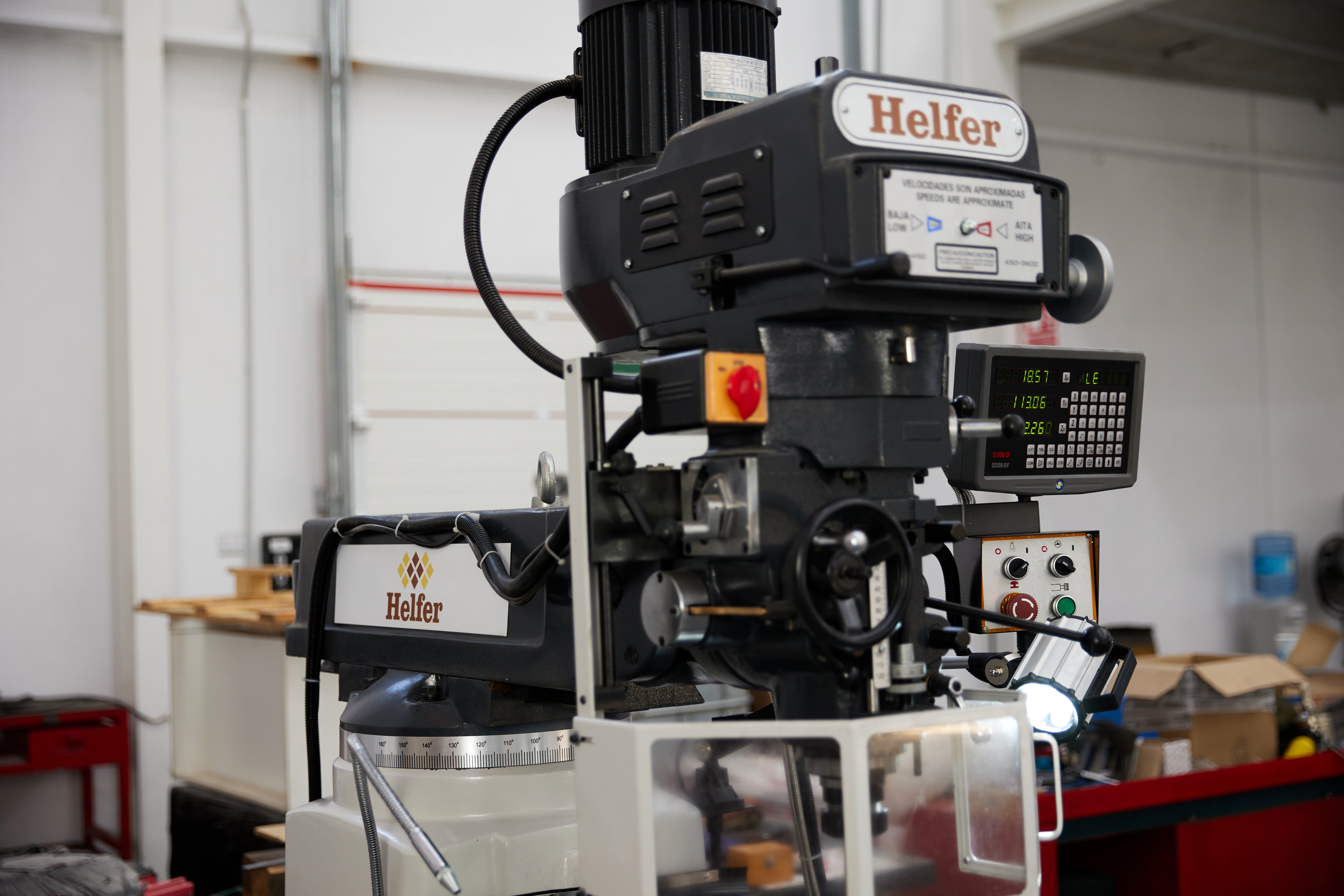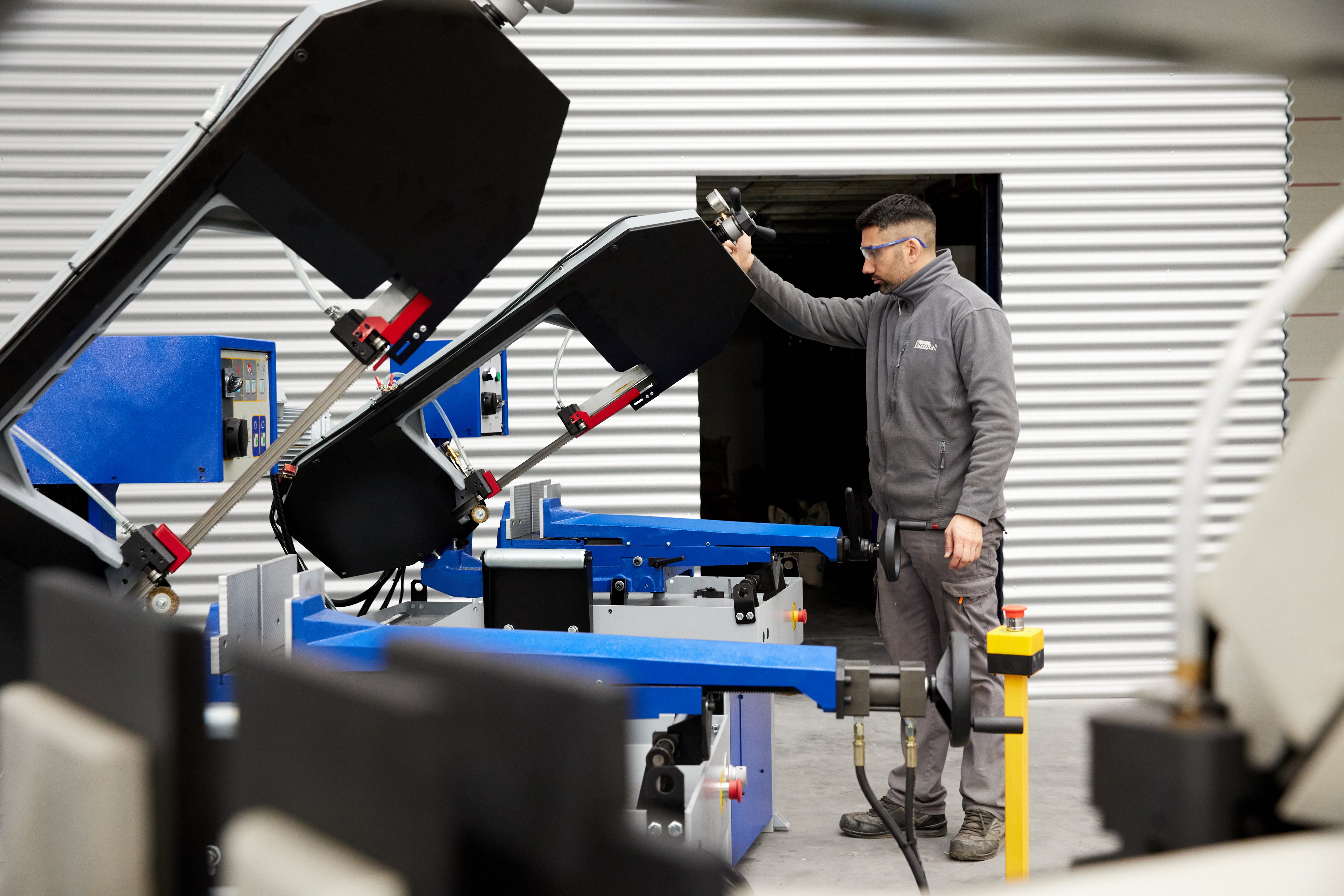
Electromagnetic Drill: Operation and Uses
In the industrial world, where precision and efficiency are essential, the electromagnetic drill stands out as an indispensable tool. This ingenious device, equipped with advanced magnetic technology , has revolutionized the way drilling is done in metallic materials, offering effective and efficient solutions to a wide range of industrial challenges.
What is an electromagnetic drill and how does it work?
Among industrial drills , we find electromagnetic drills, which are specialized drilling tools that use magnetic forces to adhere firmly to metal surfaces , allowing for precise and controlled drilling . They work by generating a powerful magnetic field that holds the drill to the workpiece, ensuring stability and precision during the drilling process.
This device consists of three main components : a magnetic base, a drill motor, and a specialized drill bit. The magnetic base is responsible for generating the magnetic field that ensures the drill's stability on the metal surface, while the drill motor provides the power necessary to drill with millimeter precision. The specialized drill bit is designed to drill through metallic materials efficiently, minimizing wear and maximizing the lifespan of the equipment.

Parts of an electromagnetic drill:
- Magnetic base : Generates the magnetic field that holds the drill to the metal surface.
- Drill motor : Provides the power needed to drill accurately.
- Specialty Drill Bit : Designed to drill metal materials efficiently and accurately.
Uses of an electromagnetic drill.
The electromagnetic drill finds applications in a wide variety of industries, from heavy machinery manufacturing to shipbuilding. Some of its most common uses include:
- Machinery manufacturing : Allows for precise drilling of metal parts during the industrial machinery manufacturing process.
- Construction : Facilitates the installation of metal elements in building structures, such as beams and columns.
- Repair and maintenance : Streamlines the repair and maintenance process for industrial equipment, such as boilers and storage tanks.
Advantages of the electromagnetic drill.
The adoption of an electromagnetic drill brings a number of significant advantages for industrial companies:
- Precision : Allows precise and controlled drilling, minimizing the risk of errors and rework.
- Efficiency : Streamlines the drilling process, reducing production times and increasing productivity.
- Safety : By adhering firmly to the metal surface, it reduces the risk of accidents and injuries in the workplace.
Disadvantages of electromagnetic drill
Although the electromagnetic drill offers numerous advantages, it is important to be aware of some possible limitations:
- Metal surface dependence : Requires the work surface to be metallic and flat enough to ensure proper clamping.
- Initial cost : It can represent a significant initial investment compared to conventional drills.
In conclusion, the electromagnetic drill is emerging as an essential tool in the arsenal of any industrial company seeking to optimize its drilling processes . Its ability to deliver precision, efficiency , and safety makes it an invaluable ally in the pursuit of operational excellence.
To discover how Helfer Industrial 's electromagnetic drills can transform your production process, we invite you to explore our range of products and solutions.

